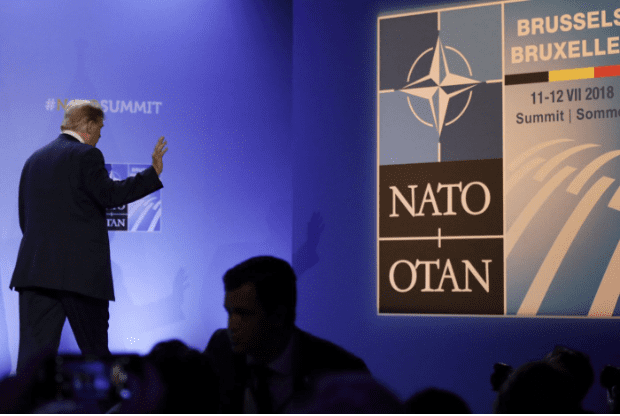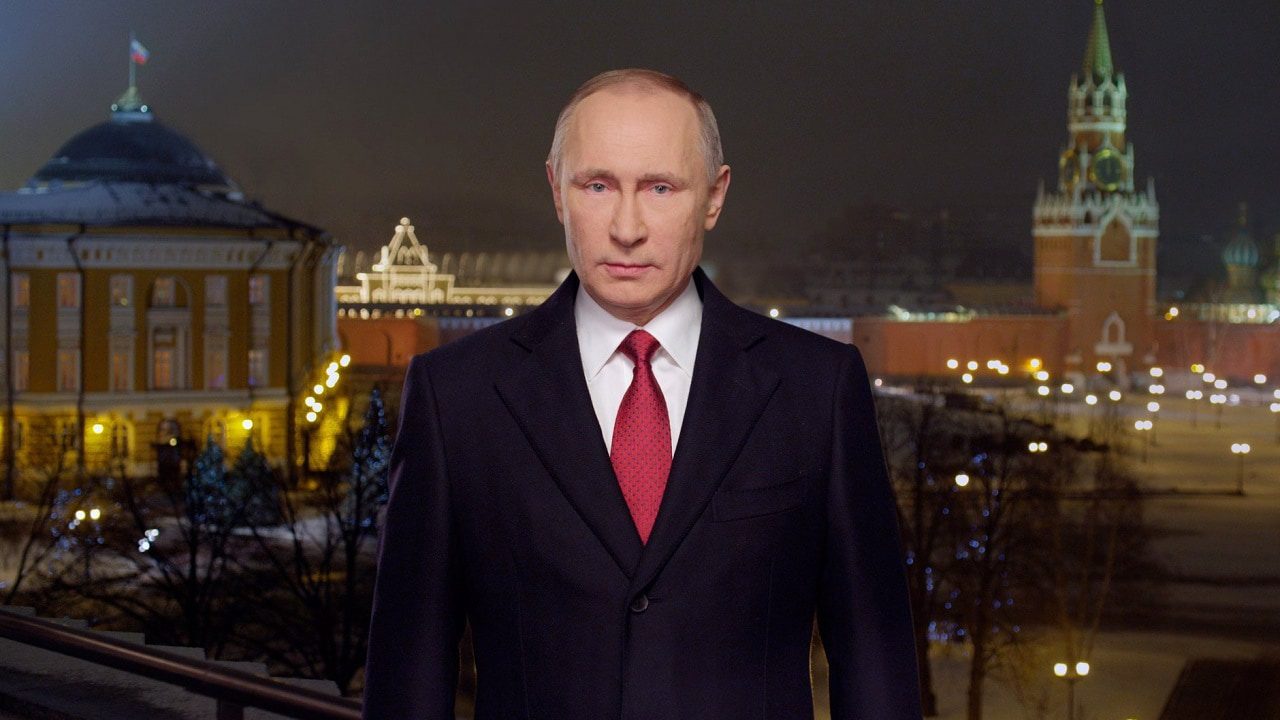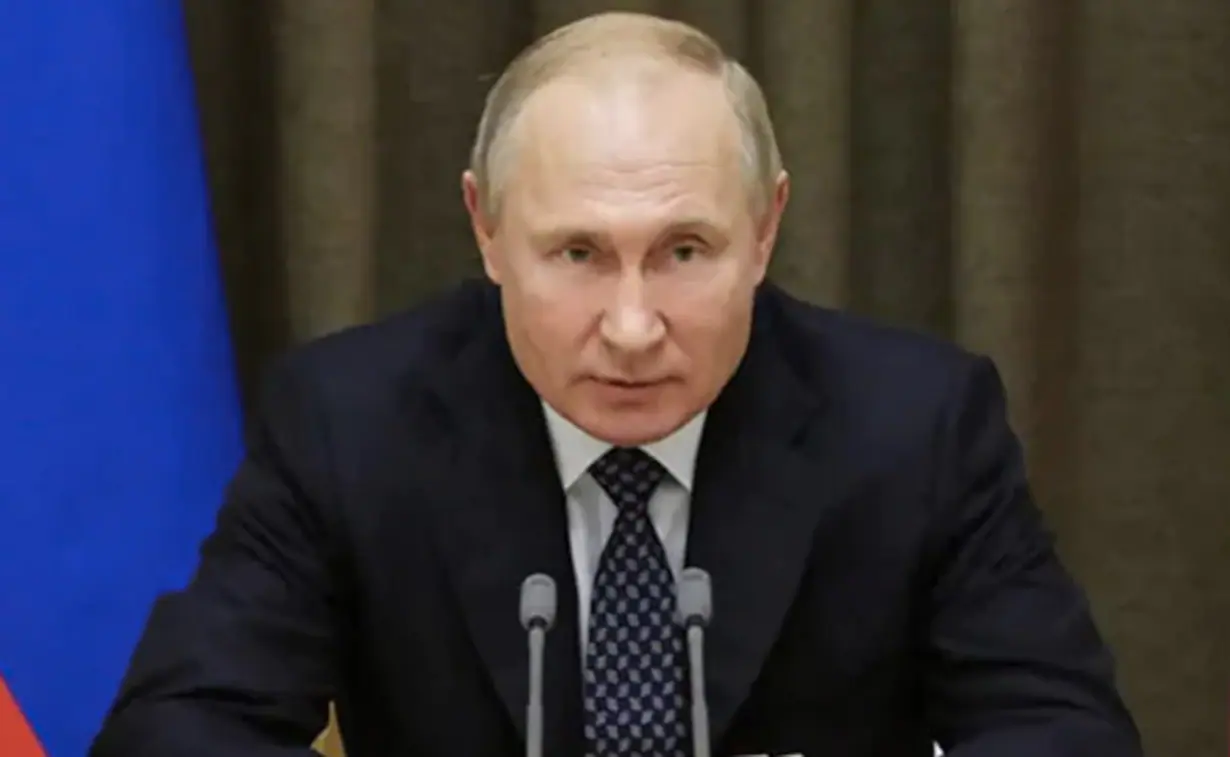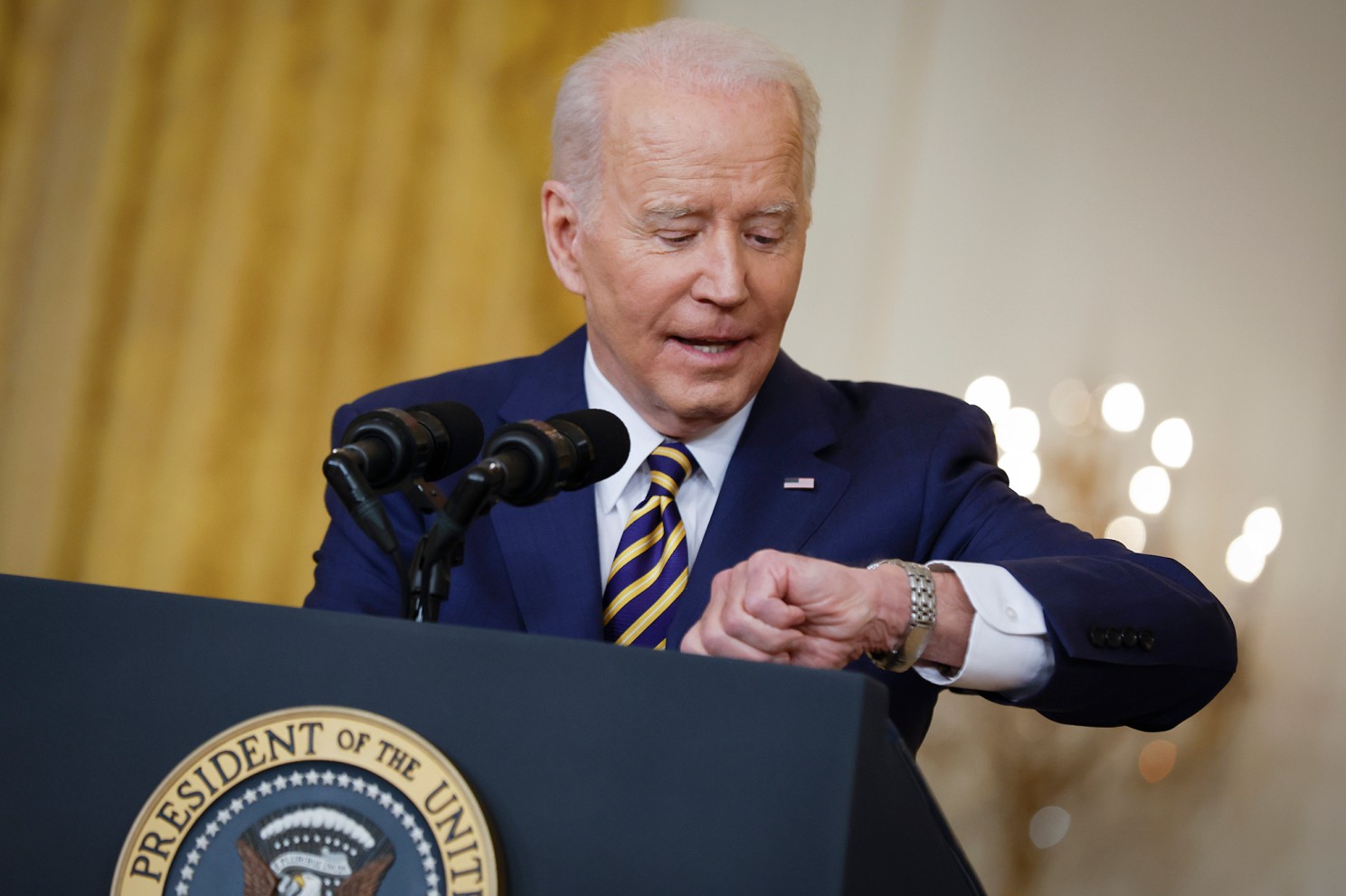Ukraine’s Volodomyr Zelensky is “a dictator without elections,” with only a four percent
approval rating( https://www.newsweek.com/what-trump-has-said-about-zelensky-since-2022-
2039000 ). The war in Ukraine( https://apnews.com/article/trump-speech-congress-transcript-
751b5891a3265ff1e5c1409c391fef7c ) is “madness” and “senseless.” While it is true Russia is
currently “pounding” Ukraine, “probably anyone in that position would be doing that right
now( https://www.bbc.com/news/articles/crknjxj3n4zo ).” Kyiv is “more difficult, frankly, to deal
with” than Moscow.
This Russian propaganda could be easily dismissed, were it not being verbalized by
Donald Trump. He has turned US policy on the Russo-Ukraine war 180 degrees. Instead of
aiding a victimized country with enormous agricultural, mineral, and industrial resources in the
heart of Europe, bordering on key NATO allies, a region whose stability and prosperity have
been vital to American national security for eight decades, we now sides with the invader.
Ukrainians are fighting and dying for their freedom and independence, as near neighbors like
Lech Walesa fully appreciate(( https://www.theguardian.com/world/2025/mar/03/polish-ex-
president-lech-walesa-expresses-orror-and-distaste-at-donald-trump-volodymyr-zelenskyy-jd-
vance-spat?utm_source=substack&utm_medium=email ). For most Americans, “freedom” and
“independence” resonate, but not for Trump.
He has gone well beyond rhetoric. In an unprecedented nationally televised display, he
clashed with Zelensky face-to-face in the Oval Office, ironically a very Wilsonian act: open
covenants openly destroyed. Trump suspended US military aid to Ukraine, including vital
intelligence, to make the obdurate Zelensky bend his knee. Even when Trump “threatened”
Russia with sanctions and tariffs, the threat was hollow. Russia is already evading a broad array
of poorly enforced sanctions, and could evade more. On tariffs, US imports from Russia in 2024
were a mere $3 billion( https://www.census.gov/foreign-trade/balance/c4621.html ), down ninety
percent from 2021’s level, before Russia’s invasion, and trivial compared to $4.1 trillion in total
2024 imports( https://www.nytimes.com/2025/02/05/business/economy/us-trade-deficit-2024-
record.html ).
The Kremlin is delighted. Former President Dmitri Medvedev wrote on X: “If you’d
told me just three months ago that these were the words of the US president, I would have
laughed out loud( https://tass.com/politics/1916157) .” Unfortunately, none of this is new for
Trump. His view on Putin has remained constant for years. Saying recently that dealing with
Putin was easier than with Zelensky and that Putin would be “more generous than he has to
be( https://www.theguardian.com/us-news/2025/mar/07/trump-says-it-is-easier-to-deal-with-
russia-and-putin-wants-to-end-the-war )” simply reprises Trump’s first term. Leaving the White
House in July, 2018, for a NATO summit (where he almost withdrew America from the
alliance), and later meetings with Prime Minister Theresa May in England and Putin in Finland
(where he seemed to back Putin over US intelligence), Trump said meeting Putin “may be the
easiest of them all. Who would think( https://www.cnn.com/2018/07/10politics/trump-putin-
meeting/index.html )?” Obviously, only Trump.
This is serious, and may be fatal both for Kyiv and NATO. Trump has sought for years
to debilitate or destroy the alliance. He doesn’t like it; he doesn’t understand it; he frowns on
its Brussels headquarters building; and, worst of all, it was deeply involved not only in Ukraine,
but Afghanistan, which he didn’t like either. Trump wants to withdraw from NATO, but, near
term, he can do serious-enough damage simply to render the alliance unworkable. Recent
reports that Trump is considering defending only those NATO allies meeting the agreed defense-
spending targets( https://www.nbcnews.com/politics/national-security/trump-considering-major-
nato-policy-shift-rcna195089 ) mirrors prior suggestions from his aides. This approach is not
merely unworkable, but devastating for the alliance( https://www.wsj.com/articles/trump-should-
lay-off-nato-target-the-u-n-7e02e960 ).
What explains Trump’s about-face on Ukraine and disdain for NATO? Many find it
impossible to grasp how aberrational Trump is: he does not have a philosophy or a national-
security grand strategy. He does not do “policy” as Washington understands that term. His
approach is personal, transactional, ad hoc, episodic, centering on one question: what benefits
Donald Trump? In international affairs, Trump has said repeatedly that if he has good personal
relations with a foreign head of state, then America has good relations with that country. While
personal relations have their place, the hard men like Putin, Xi Jinping, and Kim Jung Un are not
distracted by emotions. Trump thinks Putin is his friend. Putin sees Trump as an easy mark,
pliable and manipulable, demonstrated by his approach post-November 5.
Trump says he trusts that Putin wants peace and will honor his commitments, despite
massive contrary evidence. Notwithstanding considerable efforts. Zelensky has never escaped
the “perfect” phone call precipitating Trump’s first impeachment. Of course, that call turned on
Trump’s now-familiar extortionist threat to withhold security assistance to Ukraine if Zelensky
did not produce Hilary Clinton’s server and investigate other supposed anti-Trump activity in
Ukraine aimed at thwarting his 2016 and 2020 presidential campaigns. The entirely personal
nature of Trump’s approach also manifests itself domestically. Trump is now reversing what
Biden did in Ukraine, just as, in his first term, he reflexively reversed Obama. Trump derided
Obama for not providing lethal military assistance to Ukraine, so he did just that, sending
Tomahawk cruise missiles and more.
Ronald Reagan knew what to do about nations that might commit unprovoked aggression
against US interests. Trump clearly does not. This does not reflect differences in strategy,
which Trump lacks. Instead, it’s another Trump reversal, this time of The Godfather’s famous
line, “it’s not business, it’s strictly personal.”
This article was first published in The Atlantic on March 11, 2025. Click here to read the original article.






